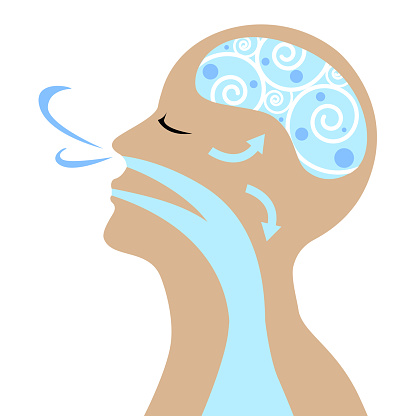
Welcome back to part 2 of viewing stress through a 360-degree view. Mentally, stress can create mental walls that disable us from having mental clarity in our lives (refer back to my previous article for a mental solution to stress). Physically, a lot can take place causing a trickle-down effect on our bodies. In order to reverse the physical toll of stress, let’s dig deeper on what happens to us physically and how we can defeat stress.
The diaphragm helps with our breathing and posture. Breathing may sound simple but over time we tend to forget how to do this properly. Stress can also cause us to breathe improperly. By not breathing properly, our chest and shoulders take over. Slow steady breathes become short and shallow. While our chest and shoulders become over worked, we do not move properly and experience tightness in areas such as the hip flexors and lower back.
While our hip flexors and lower back are overactive, our hamstrings become overworked leading to our calves being next. No matter what, our body will do whatever it takes to move even if it has to demand others to work harder. Instead of doing a bunch of different stretches, mobility work, foam rolling, you name it, sometimes we need to look at the bigger picture. Begin by checking your breathing patterns.
It’s important to know how proper breathing takes place. While inhaling in through your nose, the diaphragm is tightening to move downward. The movement is happening so your lungs can expand. During an exhale through your mouth, the opposite occurs and your diaphragm relaxes while moving upward.
Keys to note:
- Breathing properly can help train how to correctly draw-in and brace your core.
- Draw-in:
- Breathing in air (inhaling) and gathering the inner core muscles together while drawing in the belly button.
- Brace:
- Breathing out (exhaling) and tightening the core muscles.
- Another way to think about this is, forming a brick wall.
- Bracing hard enough to protect against a punch in the stomach.
- During a brace, you want to hold your breathe for a few seconds.
How to train proper breathing with your diaphragm:
*Can be performed seated or lying on your back.*
*Keep back flat and knees bent.*
- While seated or lying, begin with one hand on your chest and the other on your stomach (belly area).
- Breathe in through your nose while focusing on your stomach expanding
- I recommend 2-5 seconds.
- Breathe out through your mouth while focusing on your stomach sinking, causing your back to push against the chair or ground.
- I recommend 5-10 seconds.
- Finish as close to a full core brace as possible.
- Push through the feet to ensure a flat back.
- Repeat for time anywhere between 5-10 min or 5-10 reps.
When to perform:
- These are great to perform post workout as a cool down.
- Blood pressure will go down.
- Muscles will loosen and return to a relaxed state, which willincrease recovery time.
- Can be performed throughout the day when desired.
You are now equipped to defeat stress and understand the toll stress can put on our bodies. If you have any questions please feel free to email me at coachizz.beasttransformations@gmail.com or fill out a contact form located on my contact tab.
In Health,
Coach Izz
